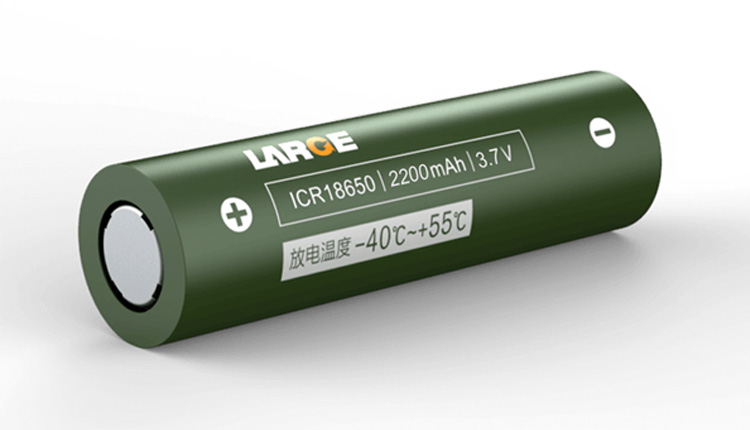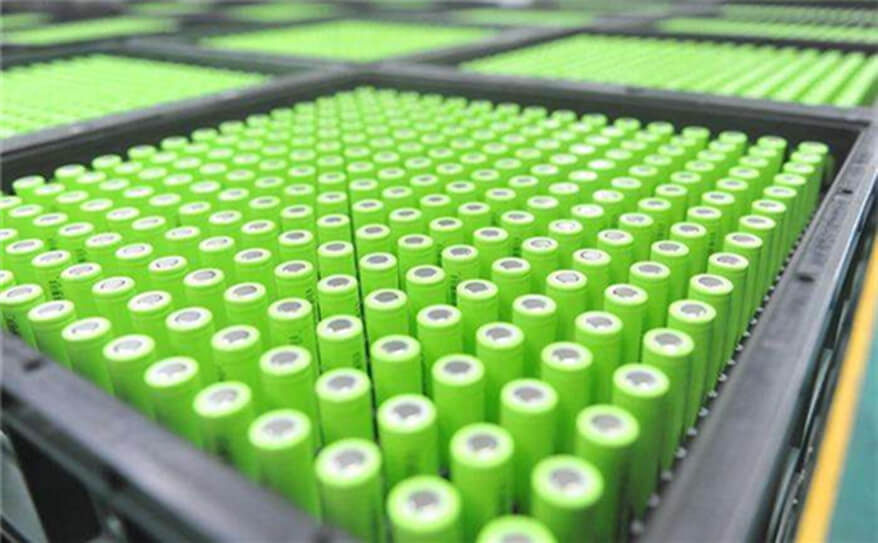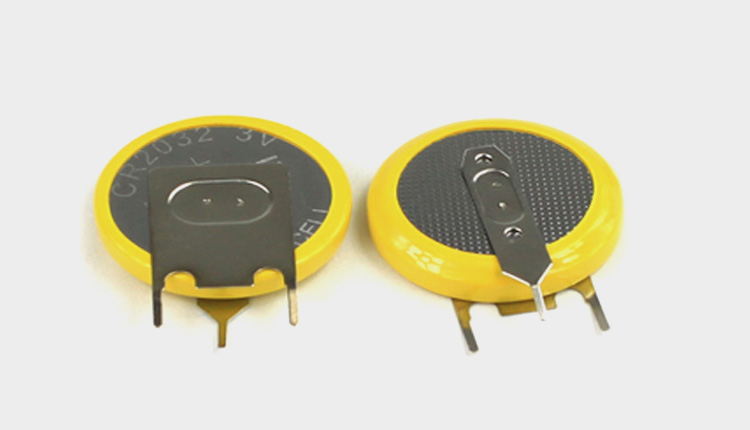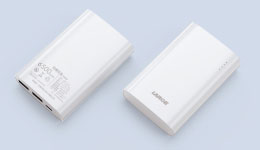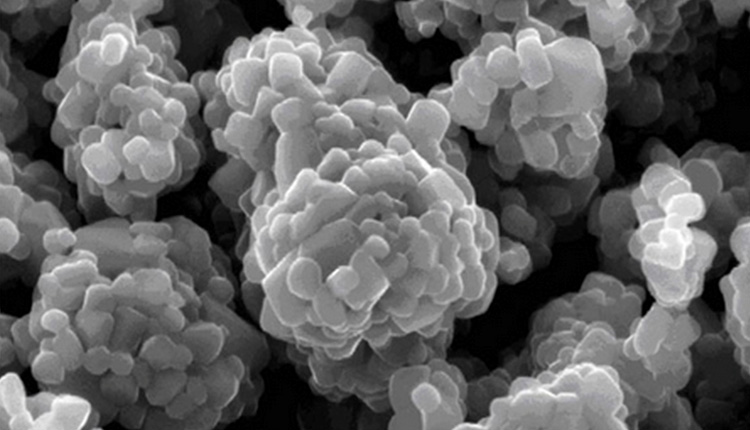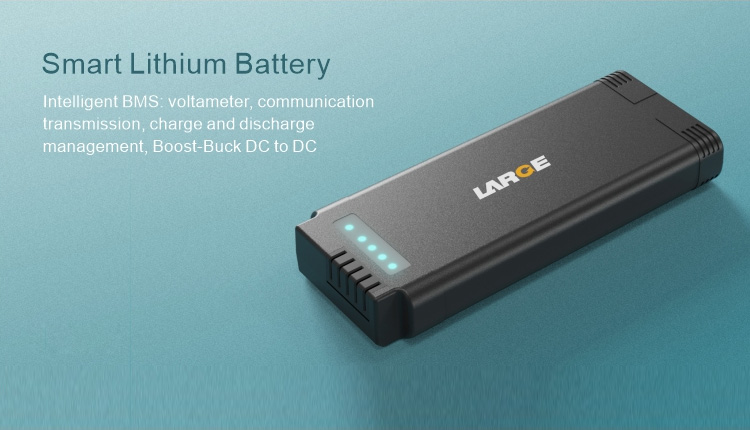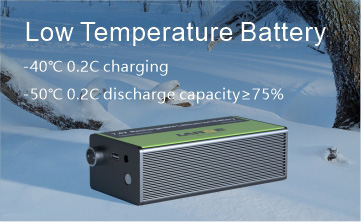Lithium Battery Charge and Discharge
2021-07-27 14:07:07 Pageview: 1734
Lithium Battery in early stage was lithium manganese battery, whose discharge course was redox reaction of primary battery. Afterwards lithium-ion battery, with reaction principle completely different from lithium manganese, had appeared. Currently, lithium-ion battery is called lithium battery, which is used more widely than previous lithium manganese battery. Thus analysis of lithium battery charge and discharge should be based on lithium-ion battery.
Based on former lithium metal battery, Sony first invented lithium battery with carbon material as cathode and lithium-containing compound as anode. This lithium-ion battery, with no lithium metal in charge& discharge process, is named lithium battery.
At first, discuss lithium battery charge issue, which mainly involves lithium battery charge method and whether lithium battery is fully charged. Lithium battery charge is divided into two steps: CC charge course +CV charge course, among which CC charge take up most charge time while CV charge is just a supplementary charge course. During charge, lithium battery should be avoided overcharge. Formal lithium battery chargers have set charge program to prevent overcharge. Ordinarily, Lithium Battery Pack is equipped with PCM to avoid overcharge.
During lithium battery discharge, lithium-ion came off from cathode carbon layer and move to anode. The more the lithium ion back to anode, the higher the discharge capacity is. Lithium battery capacity generally mentioned refers to discharge capacity under 0.2C discharge rate. Lithium battery discharge is reverse movement of its charge course. Because charge and discharge displays in the form of repeat movement of li ion between anode and cathode, lithium battery is also called rocking chair battery.
Lithium battery discharge is also a voltage fall process. In case of discharge under low current, discharge lasts long and voltage reduces slowly; if discharge under high current, voltage drop fast, discharge will be short. In terms of output power, available discharge capacity of a single lithium battery with low current is larger than that under high current because of high resistance under high current.
IEC standard stipulates lithium battery discharge current is 0.2C. yet discharge current in practical use can be adjusted as per actual requirement and lithium Battery Pack condition, for instance, discharge current of lithium battery pack with high discharge rate can be set higher.
In addition, note lithium battery discharge cutoff voltage. Its optimal discharge voltage is 3.0V; however, cutoff voltage of lithium battery in actual use may be lower than 3.0V to make full use of battery capacity. 2.75V is mostly common discharge cutoff voltage. In case cutoff voltage arrives, charge battery; continuous discharging battery under cutoff voltage can lead to over discharge on lithium batteries and affect lithium battery performances. Luckily, current lithium batteries are equipped with PCM to avoid over discharge and protect lithium battery.
- Prev Article: Lithium Battery Charge Cycle
- Next Article: Large Capacity Battery Safety Issue






